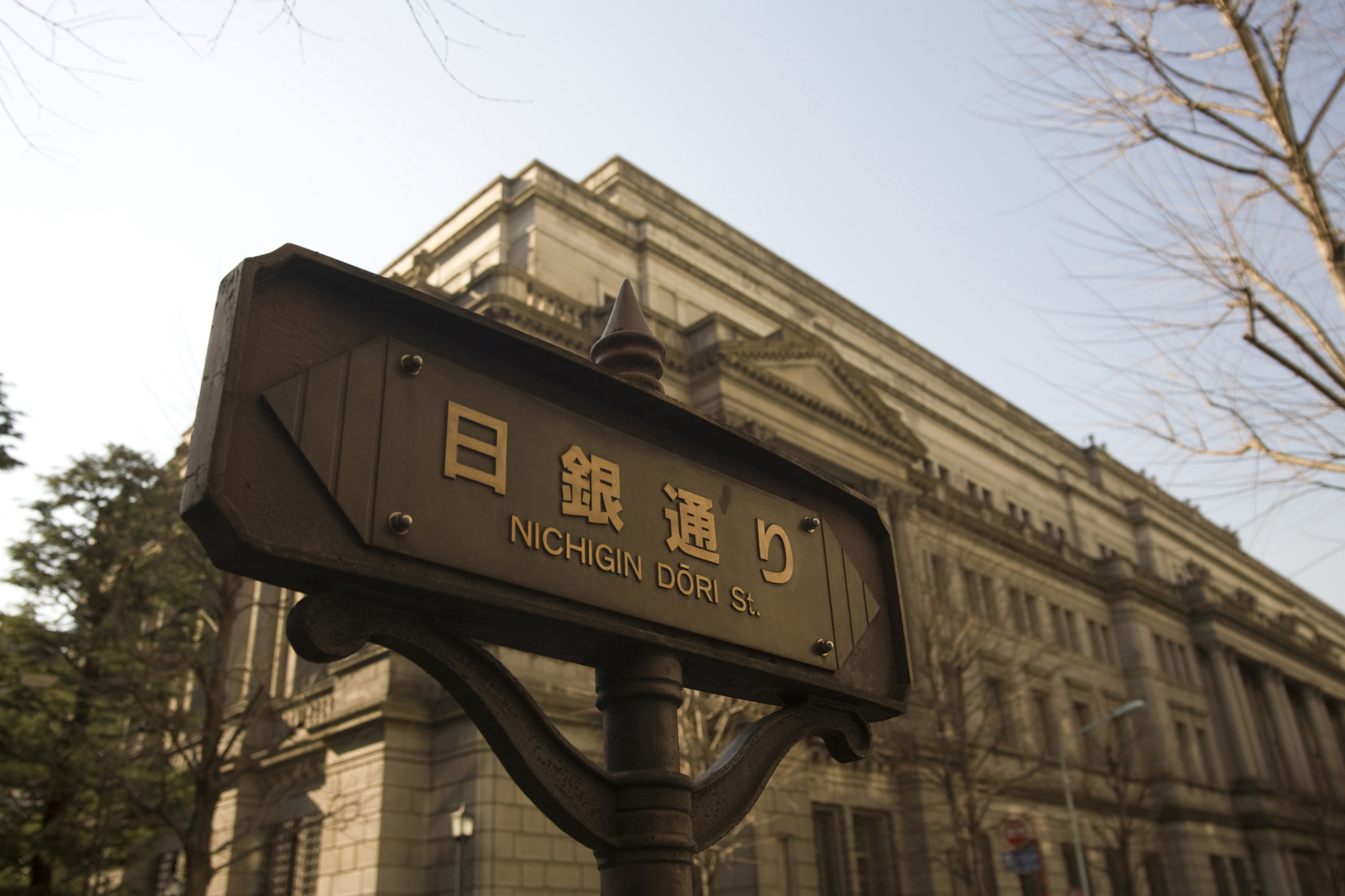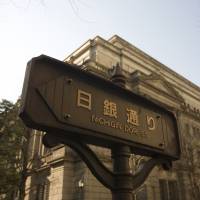The Bank of Japan said Friday its total assets surpassed ¥500 trillion ($4.5 trillion) for the first time, nearing Japan's gross domestic product due to massive purchases of assets under its aggressive monetary easing policy.
The BOJ's balance sheet has ballooned under the asset purchase program introduced in April 2013 under Gov. Haruhiko Kuroda, with its total assets standing at ¥500.8 trillion as of Wednesday, compared with ¥158.36 trillion at the end of 2012.
The figure is closing in on Japan's nominal GDP of ¥537 trillion in 2016.
BOJ assets mainly consisted of government debt worth ¥427.25 trillion as of the end of May.
The central bank's easy monetary policy aims to shore up the country's fragile economy by pursuing a 2 percent inflation goal to overcome persistent deflation.
The BOJ initially sought to expand the country's monetary base by purchasing assets from the market, aiming to expand its holdings of government debt by ¥50 trillion annually. In October 2014 the amount was raised to ¥80 trillion.
Last September, the BOJ changed its policy target from the monetary base to controlling the yield curve between short-term and long-term interest rates. The bank buys government bonds as needed to keep long-term rates near zero, while keeping ¥80 trillion as the benchmark amount. It also maintains negative short-term interest rates.
The 2 percent inflation goal, however, remains far from reach, with nationwide core consumer prices rising just 0.3 percent in April.
BOJ policymakers have repeatedly emphasized that the bank remains committed to achieving the goal, meaning the bank's balance sheet is expected to keep growing.
This has led to market concerns over potential negative effects on the economy when the central bank eventually wraps up its easing measures and trims its balance sheet.




